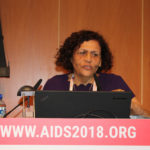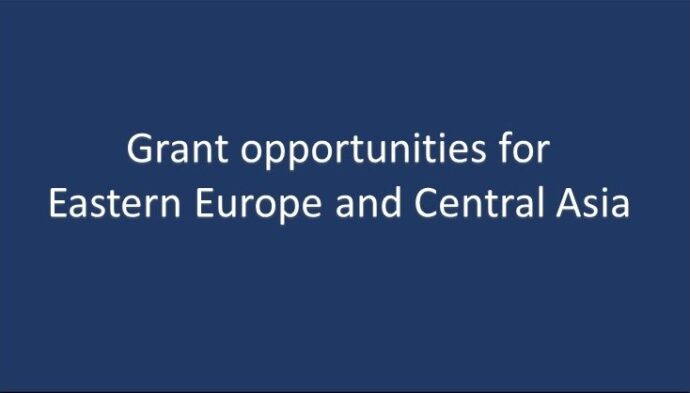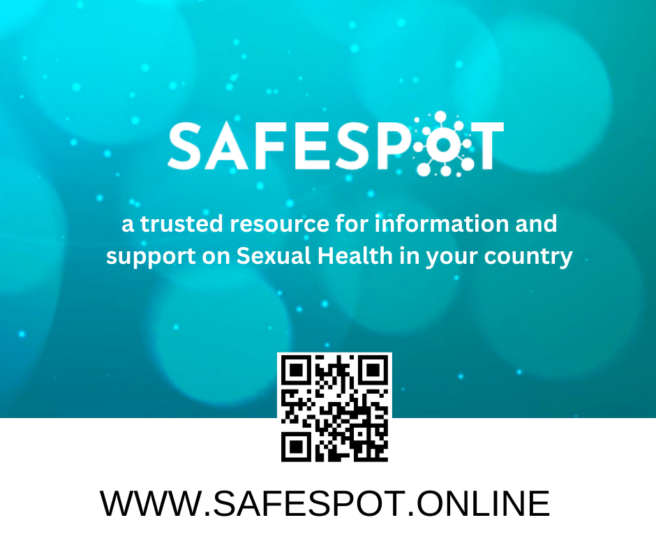
Author: Marina Maximova, Kazakhstan
Just before the 22nd International AIDS Conference in Amsterdam AIDS 2018, a new Global AIDS Update prepared by the Joint United Nations Programme on HIV/AIDS (UNAIDS) was presented in Paris. The report shows that the HIV epidemic is still growing in the countries of Eastern Europe and Central Asia (EECA). In the recent year, the number of new HIV cases in the region has doubled.
Participants of AIDS 2018 debated a lot on the reasons of this trend. Experts explained it, in particular, with a lack of prevention programmes, especially among people who inject drugs (PWID). Today, they account for over half of the new HIV cases. That is why implementation of the innovative multilevel interventions aimed at HIV prevention in key populations is to be continued.
For several years already, the Global Health Research Center of Central Asia (GHRCCA) and the Social Intervention Group (SIG) of Columbia University have been implementing projects and evidence-based interventions aimed at HIV prevention among key populations in the region, in particular in Kazakhstan. The results and achievements of three of such projects were presented at a special session of AIDS 2018.
Good News from NOVA

Assel Terlikbayeva, GHRCCA Regional Director:
NOVA Project is the first intervention combining harm reduction services and microfinance for women in difficult life circumstances. In two years, about 500 women from vulnerable populations – sex workers and people who use drugs – developed their skills to reduce the risks of contracting HIV and other sexually transmitted infections. Women received professional training in sewing and hairdressing. The most active participants received micro loans to start their own businesses. About 82% of project participants were able to open savings accounts, and many of them did it in the NOVA Project. About 70% of project participants were qualified for non-repayable allowances to start their own businesses, while 36% of women were able to use this opportunity.
Renaissance is possible

Louisa Gilbert, PhD, GHRCCA Co-Director:
The Renaissance Project is an innovative HIV prevention intervention aimed at PWID couples. Project results are inspiring first of all for its participants. Here is some of the optimistic statistics: unsafe sexual behaviours among project participants and their sexual partners were reduced by 42%, hepatitis C incidence decreased by 69% and HIV incidence – by over a half in the harm reduction group as compared to the control group.
Throughout the project, there were 89 instances when Naloxone was successfully used to reverse overdoses: in 15 cases, the medication was used to deliver first aid and saved lives of the Renaissance Project participants and in 74 cases – of PWID partners and their immediate circle.
PWID choose trust

Nabila El-Bassel, PhD, Executive Director of GHRCCA and SIG, Professor of Columbia University:
In the recent year, the number of PWID visiting pilot confidential counselling sites and going through HIV rapid testing has more than doubled. It is very important that the number of new HIV cases detected at such pilot sites has grown. Implementing evidence-based strategies in routine activities allowed scaling up PWID coverage with harm reduction and HIV testing services. It became possible through the Bridge Project.
Besides, the project enhanced the role of outreach workers in finding and recruiting new clients as well as the role of nurses in working with HIV-positive people. Implementing electronic data collection helps to improve tracking and monitoring of the services and referrals provided.




